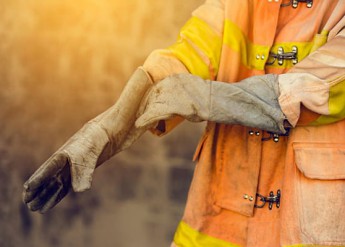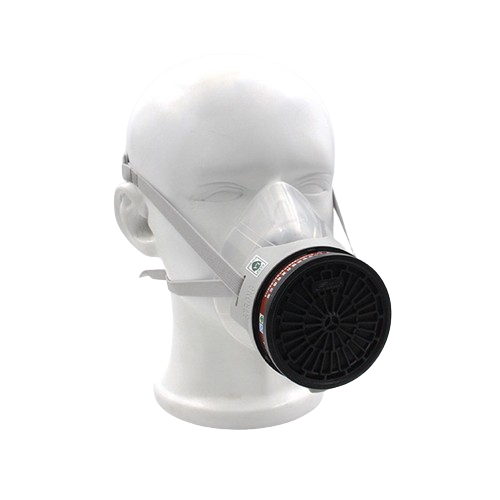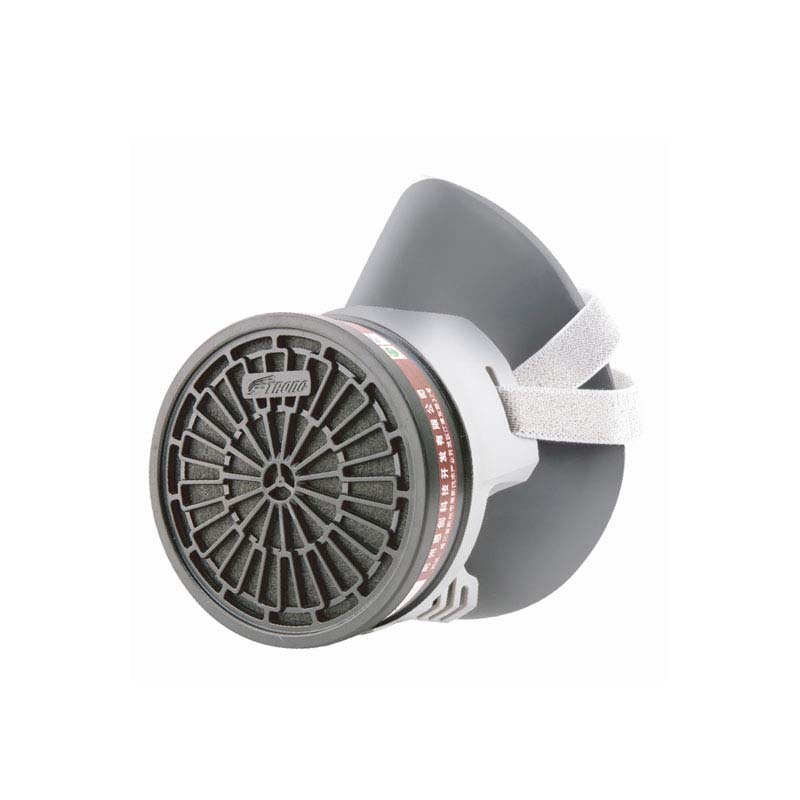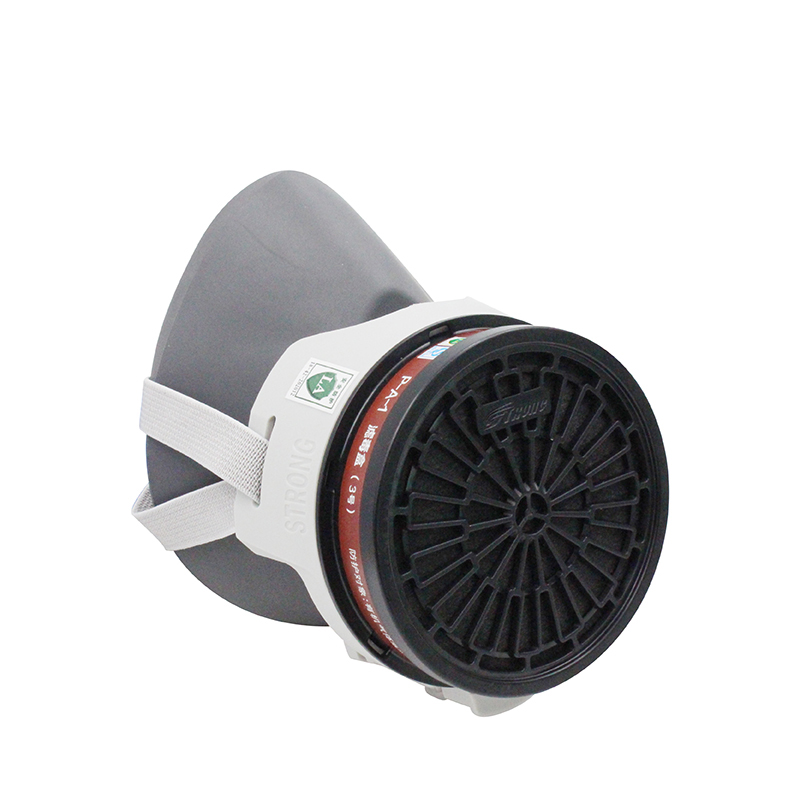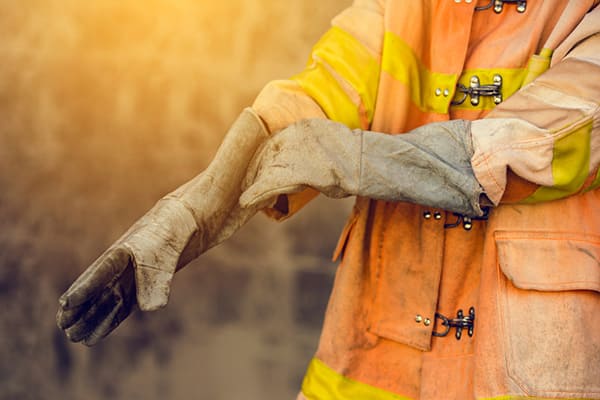The Difference Between Full Face Respirators and Gas Masks
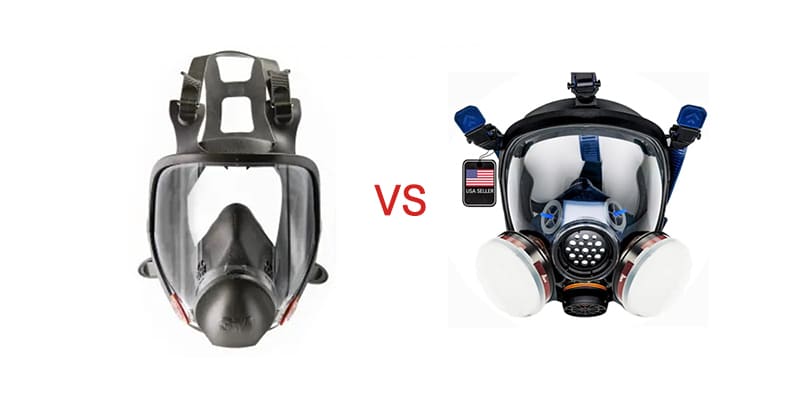
Respiratory protection is essential in many occupations and hazardous environments where workers are exposed to various airborne contaminants, toxic gases, and particulate matter. Two of the most commonly used types of respiratory protective equipment are full-face respirators and gas masks. Although they may seem similar, there are significant differences between these two devices.
A full-face respirator is a type of air-purifying respirator that covers the entire face, including the eyes, nose, and mouth. It uses filters or cartridges to remove contaminants from the air before it is breathed in. Full-face respirators come in different sizes, and it is essential to choose the right size to ensure a proper seal around the face. They are generally more comfortable to wear for extended periods, offer better visibility, and provide greater protection against airborne particles, gases, and vapors.
On the other hand, a gas mask is a type of respirator that is specifically designed to protect the user from toxic gases, such as chlorine, hydrogen sulfide, and cyanide. Unlike full-face respirators, gas masks do not cover the entire face, but only the nose and mouth. They typically have a tight-fitting rubber seal around the face to prevent the entry of harmful gases. Gas masks use replaceable filters or canisters that contain activated charcoal or other sorbent materials to absorb or neutralize the toxic gases.
One of the significant differences between a full-face respirator and a gas mask is the type of protection they provide. Full-face respirators provide protection against both particulate matter and gases, whereas gas masks are only effective against toxic gases. Full-face respirators are also more versatile and can be used in a wide range of environments, while gas masks are limited to protecting against specific types of gases.
Another difference between the two devices is the level of comfort and usability. Full-face respirators are generally more comfortable to wear for extended periods and offer better visibility, making them ideal for tasks that require precision and attention to detail. Gas masks, on the other hand, may be less comfortable to wear, especially for longer periods, and can restrict breathing and communication.
In conclusion, while both full-face respirators and gas masks are effective at protecting users from airborne contaminants, they are designed for different applications. Full-face respirators provide broader protection against both particulate matter and gases, while gas masks are designed specifically to protect against toxic gases. Ultimately, the choice between a full-face respirator and a gas mask depends on the type of hazardous environment and the level of protection required.



